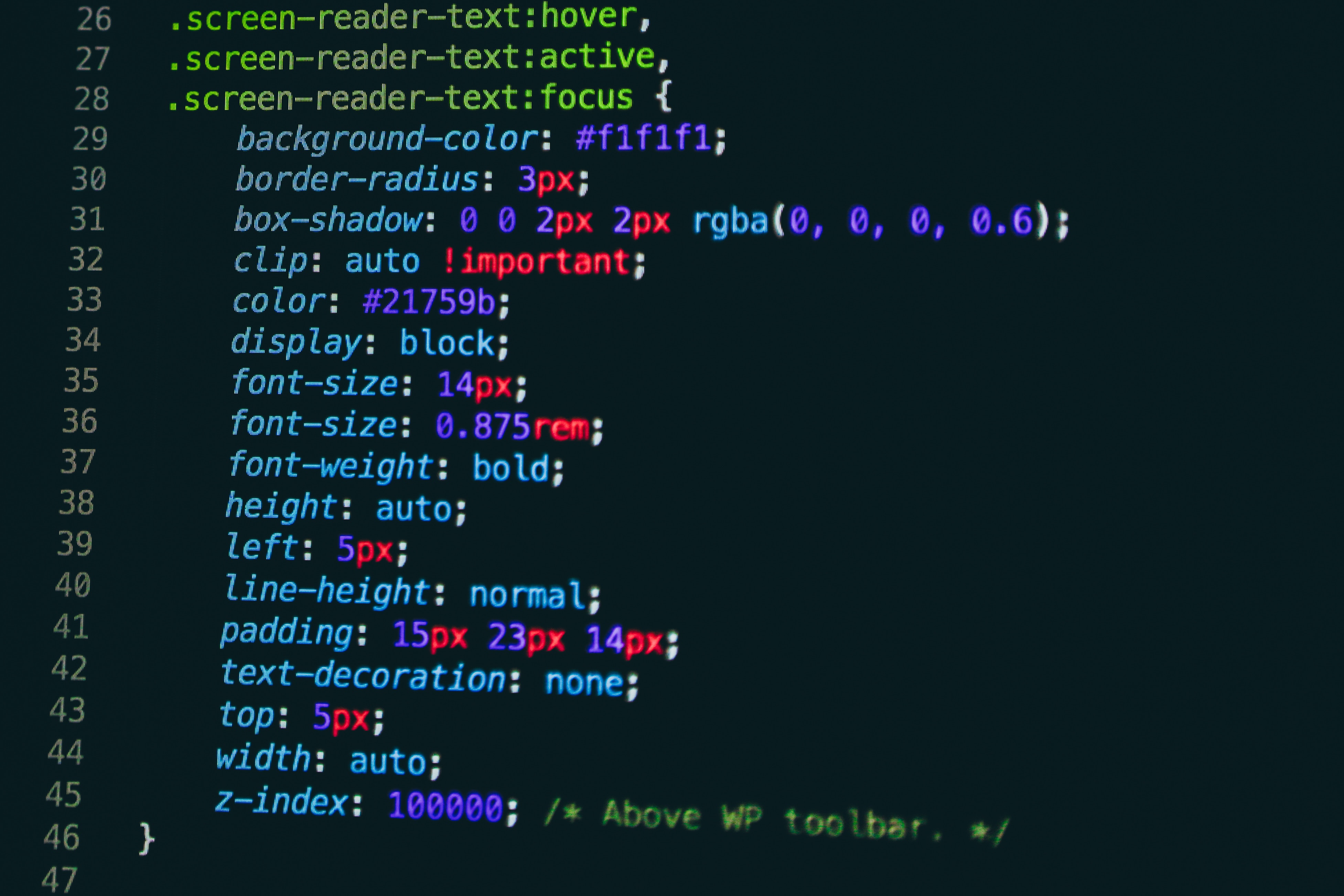The pandemic caused all sorts of disruptions to your field services and IT deployment projects. But now that project managers in the service delivery and IT deployment world are getting back into full swing, they face a problem: there’s too much work (including, in many cases, a sizable backlog of projects that went on pause during the pandemic).
To make matters worse, there are often too few people to do the work, too.
As a result, project managers are having to make difficult choices, prioritizing certain deployments (and, therefore, clients) above others.
This is a difficult tightrope to walk, and it’s tough to do so without frustrating some clients. But once you’ve optimized your processes as much as possible, if you’re still overloaded, prioritization is unavoidable.
If you’re in this position right now, we hope the tips below will help you prioritize your deployment schedule in a way that’s strategic and effective, with minimal disruptions for the maximum number of clients.
Prioritize Clients by Value
One strategy for prioritizing your deployment schedule is to start by taking a long, hard look at your existing client base.
We know, ranking people by popularity isn’t good. But ranking clients by the value they produce for your company is highly strategic.
No one wants to be in a situation where they have to choose a client to drop or neglect. But if you’re pretty much in that situation already, it helps to know how many dollars (current and expected future) are attached to which names.
Prioritizing your clients by value doesn’t automatically mean you’ll drop the lowest ones on the list. But it can give you insight into which clients to choose when you can’t choose to please both.
Bear in mind that value can mean more than one thing, too. Monetary value is certainly one of the most important considerations, but it’s not the only one. Some clients may not be worth much now but have the potential to scale massively down the road, whereas others may well already be generating the maximum amount of business you could expect from them.
Take time to determine which metrics other than revenue are worth considering in this method of prioritization.
Prioritize Installs by Urgency
Another approach is to prioritize installs by urgency. This can be a way to keep your entire client base on board and reasonably happy as you work to expand capacity or work through a backlog.
Many IT deployment scenarios aren’t urgent. Upgrading still-functional technology, replacing a static menu with a digital one, rolling out digital advertising displays, and so on are important. But even without these upgrades, clients can (in most cases) continue doing or selling what they do or sell.
But some situations in field services are actually urgent, and others are mission-critical. What these look like will vary depending on the nature of your clients, of course, but here’s a relevant example in the quick service restaurant (QSR) space.
An outdated POS terminal can start as a nuisance. But eventually, it will grow into an urgent need, one that’s slowing down the sales process and hurting profits. Wait long enough, and that terminal will break permanently or no longer be capable of executing core functions. Now it’s mission-critical: the restaurant cannot succeed without an upgrade.
Similarly, a network infrastructure outage 20 years ago might have ranged from nuisance to semi-urgent. But for most operators today, an extended outage jumps straight to mission-critical.
Prioritizing your deployment schedule by the level of urgency should allow you to keep clients functioning, even if you can’t get to those “nice to have” projects as quickly as your clients are hoping for.
The First Come, First Served Approach
This approach works for QSRs, but can it work for you? In this model, you execute projects in the order you receive them. It’s a simple system, which reduces complexity for you and allows for greater transparency. Barring any major disruptions (like, say, a global pandemic), clients should know going in how soon you can get to them.
There are plenty of weaknesses to this approach, but it’s certainly an option if you feel uneasy about the previous two methods.
Extend Your Capacity with a Better Enablement Partner
The best solution of all is to increase capacity and efficiency so you don’t have to choose between clients. You’ve likely worked long and hard to find more and better ways to do this already. If you’re not sure where else to look or how else to extend your capacity, could the solution be working with a better enablement partner?
Kinettix is a service delivery enablement partner with the scale and scope needed to tackle even the most complex IT deployment scenarios. We even offer project management assistance in addition to field services enablement.
Looking for more ways to extend your capacity? Let us show you what we can do.






